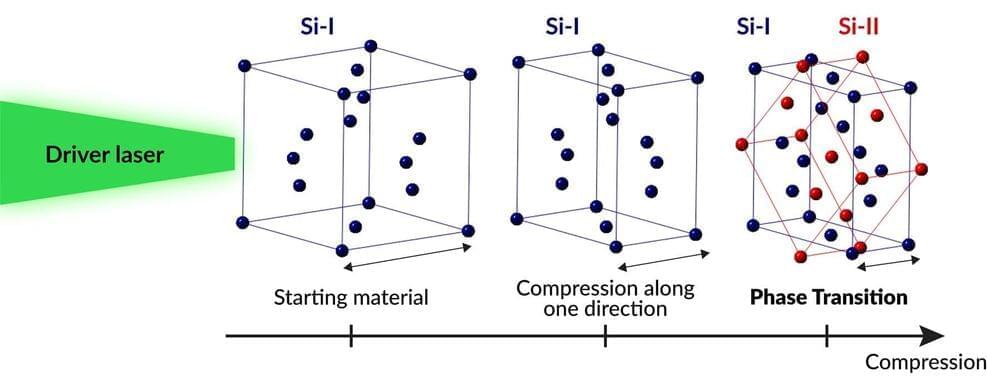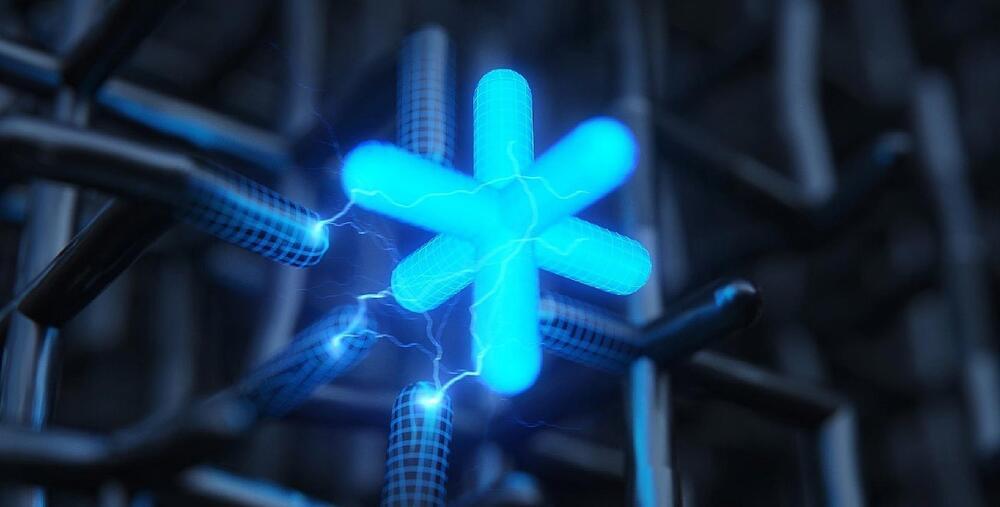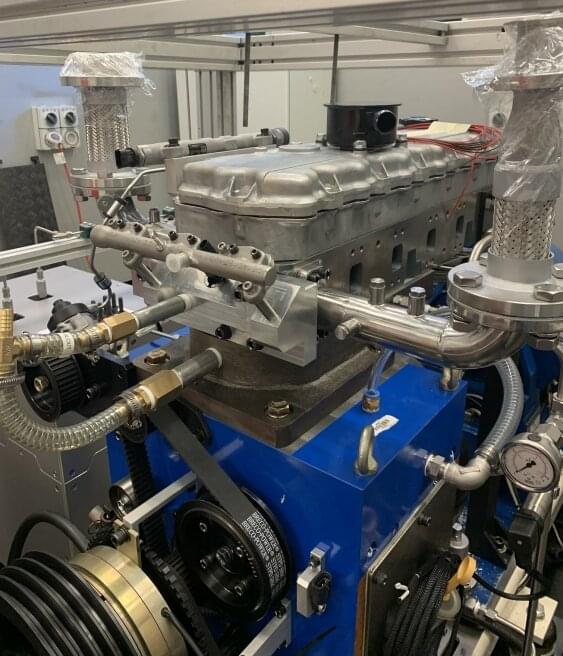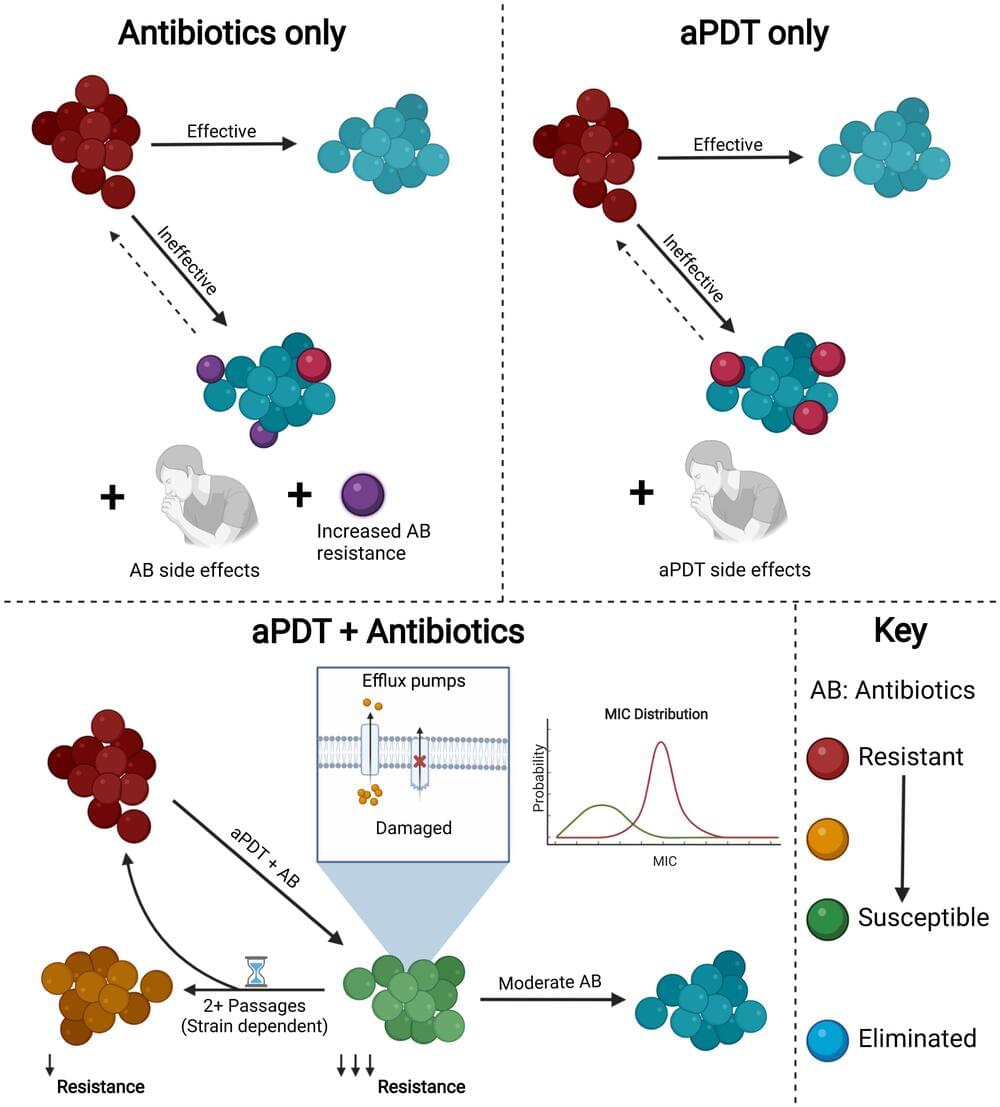Deltec Homes is changing the way the world builds. For over five decades, we have designed and engineered homes to fight climate change and withstand the harshest of weather conditions. The connections, both inside and out, that our homes provide make it truly the strongest home for people and our planet.
The engineering and innovation behind each Deltec is why they have stood against some of the most detrimental storms in history including direct hits from Hurricanes Dorian, Michael, Maria, Irma, Harvey, Sandy, Katrina, Hugo, Ivan and Charley.
Please check out this June, 2021, Weather Channel interview of our President, Steve Linton, describing why our homes are hurricane resistant.







